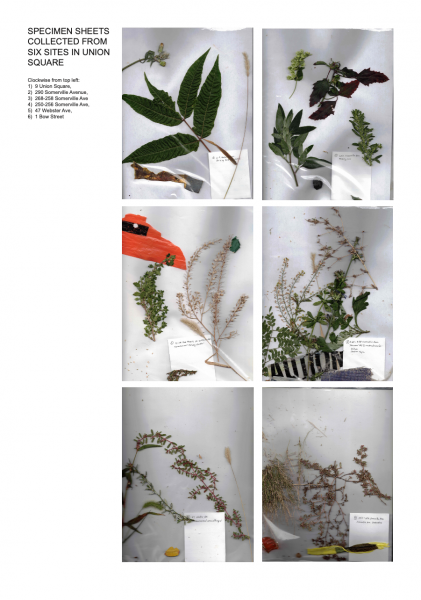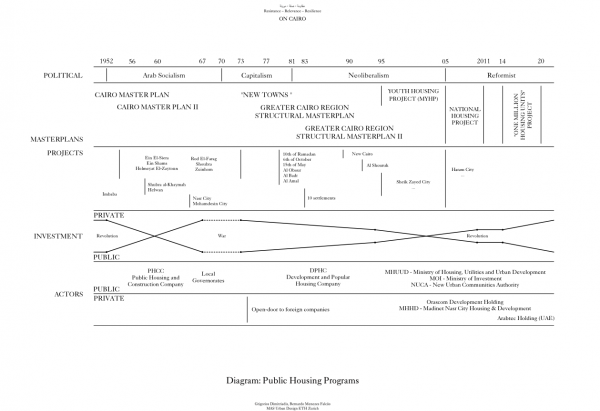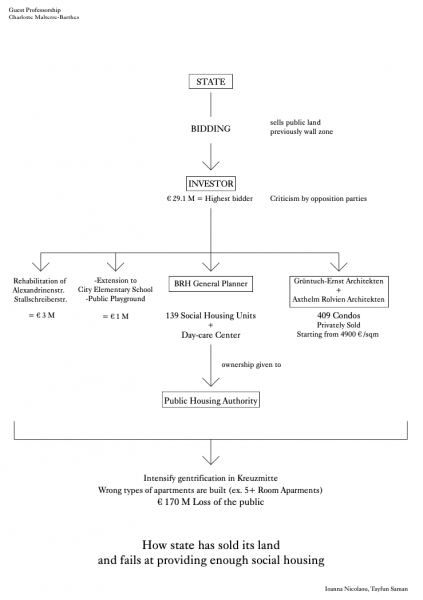Research & Teaching
Mapping the Political Economy of Space
There is no such thing as a neutral space. Topography and soil history, land use and tenure chronicle, housing demands and construction costs, public policies, plot subdivision and zoning, access to water and electricity networks and other public infrastructure, negotiations and financing schemes, urban codes and insurance policies, location and surrounding context, project design and materiality choices, excavation works, execution and construction settings, labor force and machinery, completion and real estate mechanisms, occupancy, use and expansion, decay and destruction: at every turn, several agents and forces act upon space. The production of architecture and urban form is grounded in power structures, and articulating a possible political economy of space uncovers how the house, the neighborhood, the city, and the territory partake in the violent and unjust spatiality of power. This seminar is set on understanding what forces shape the built environment and in what ways by uncovering the social, economic, or political forces that impact and generate the physical and technological features of our world. The aim is to enhance our capacity to reflect on spatial conditions in a critical way and use representation tools available to designers to do so. First, by discussing specific projects and theories, we shall get familiar with methods to organize, clarify, formulate, question, and discuss our process of thinking in relation to the built environment, and to reflect critically on the production of space, and the various concepts necessary to critical thinking (i.e. Henri Lefebvre, Keller Easterling, Neil Smith, Isabelle Stengers). Mappings and graphic representations shall be produced in order to untangle the actors and forces acting upon space, to investigate and uncover the relationship between social, economic, and political processes and spatial form. Ultimately, the aim is to articulate a definition of what a possible political economy of space could entail, and how to use it as a critical thinking tool within design and research practices. More here... Seminar/Workshop, 4 Credits, Harvard GSD Fall 2020, Fall 2021, Ass. Prof. Charlotte Malterre-Barthes. TA: Kathlyn Kao- More Critical Thinking Seminars
- Homes on Fields
- Material World
- Beyond Technofix
- Critical Space
- MUCEM
Plastic Landscapes. Exploring the Socio-Environmental Impact of Global Policies Through the Banana Industry in Gran Canaria.





